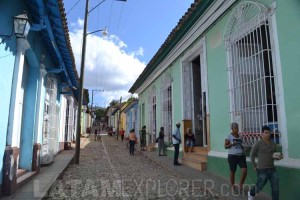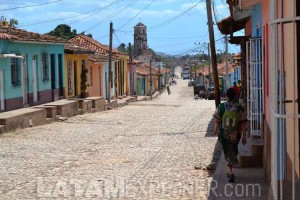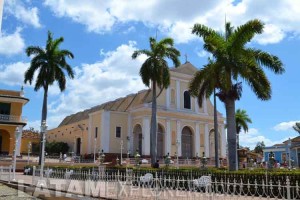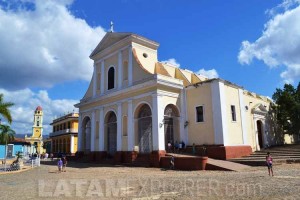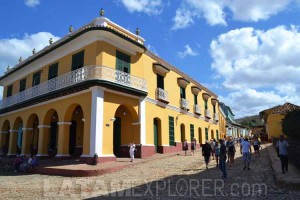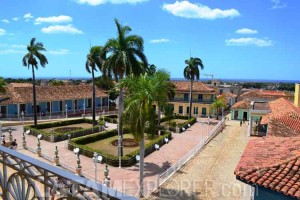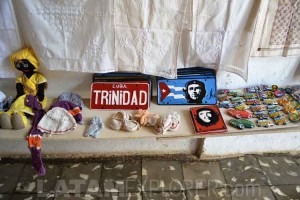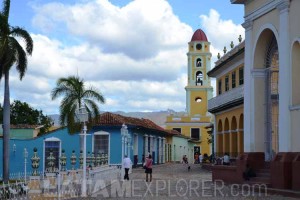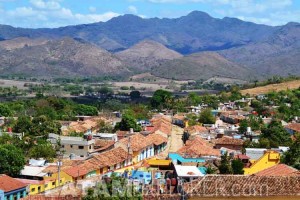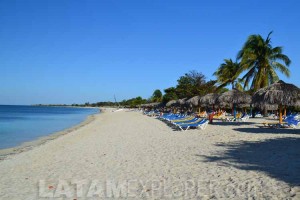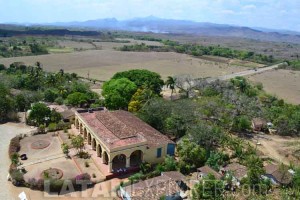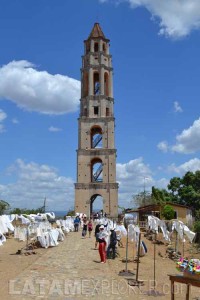Home > Destinations > Caribbean Islands > Cuba > Trinidad
Trinidad, Cuba
Located on the south coast of Cuba’s central region, 325km (200mi) away from the capital, Havana, Trinidad is one of the most popular touristic destinations of the country. One the nation’s oldest cities, founded in 1514, it is where the colonial architecture is better preserved in Cuba, besides figuring out as one of the best examples of conservation in the entire Caribbean. Trinidad met its heyday during the first half of the 19th century, when tobacco and mainly sugar crops pulled the local economy. Those days where followed by a decline that lasted until a couple of decades ago when the area was rediscovered by tourism.

The most interesting area in Trinidad’s historic center is compact enough to be easily explored on foot, calmly, during a day, allowing for strategic breaks at the main points of interest. It should be noted, however, that Trinidad’s greatest charm is not in visiting churches and museums, but in simply enjoying the local atmosphere, observing the relaxed rhythm followed by the local happenings; something that may end up making you wish to stay here a little longer.
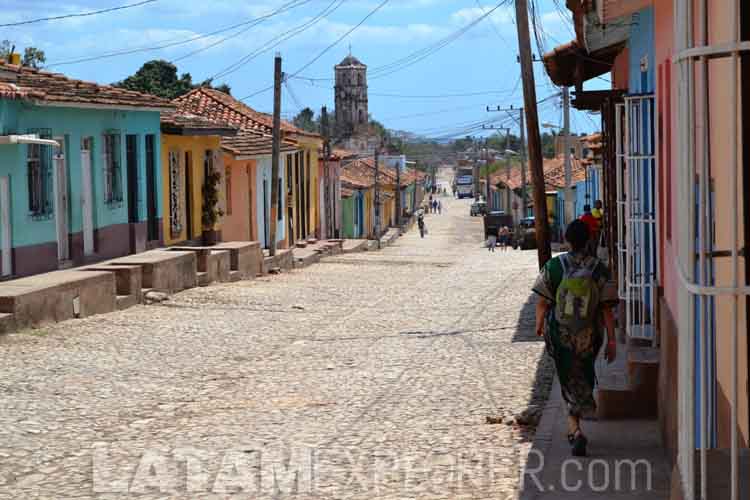
The city’s main attractions are located nearby Plaza Mayor (the old city’s central square). Perhaps the most interesting among them is the National Museum of the Struggle Against Counterrevolutionaries, located at the former building of the Saint Francis of Assisi Church. This institution preserves and exhibits parts of the history of the war fought by the counterrevolutionaries, also called bandits, against the recently established government led by Fidel Castro. A beautiful panoramic view that reaches all the way until the sea rewards those willing to climb the stairs of the tower in the museum’s building. The Romanic Museum is another interesting museum and is located right on Plaza Mayor. This museum is housed at a mansion built in 1808 by one of Trinidad’s richest families. Besides the architecture, it is possible to observe how the most affluent families of Trinidad’s heyday might have lived, through the exhibits found in the living rooms, bedrooms and kitchens.
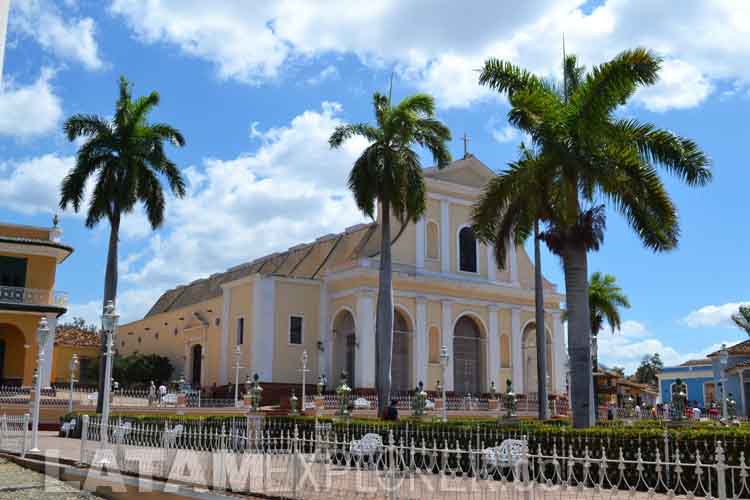
Although Trinidad is not located exactly by the beach, its downtown is only 7km (4mi) away from Ancon Peninsula, an oasis of tranquility by the Caribbean Sea. It should be noted that the local beach infrastructure is not really compared to the the best in the country, as found in places like Varadero or the northern keys, but Playa Ancon still is a great option for a quick escape and, with a bit of luck, to have a share of the beach just for you. A few hotels from national chains offer seafront lodging.
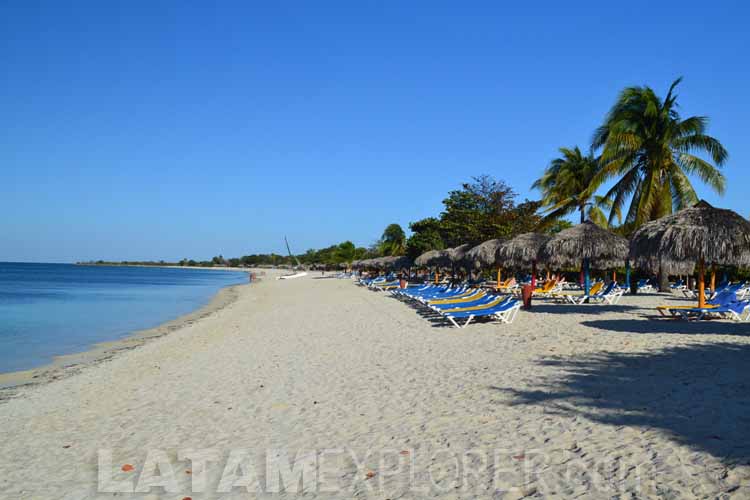
Some 16km (10mi) east from Trinidad’s downtown, on the road that connects it to Sancti Spíritus, the Valle de los Ingenios (Valley of the Sugar Mills) allows experiencing, in loco, what was one of the most important regions of Cuba during the colonial period. More than 70 sugar mills were established here and, although most of them are now in ruins, it is still possible to visit some of them. The best preserved among them is Manaca Iznaga. There, it is possible to visit the main house, some slave quarters and a tower, formerly used as a clock, alarm and for religious purposes. The slave quarters are not well cared for, but the main house currently hosts a restaurant and it is also possible to climb the 45m (150ft) of the tower for a complete view of the valley surrounding it.
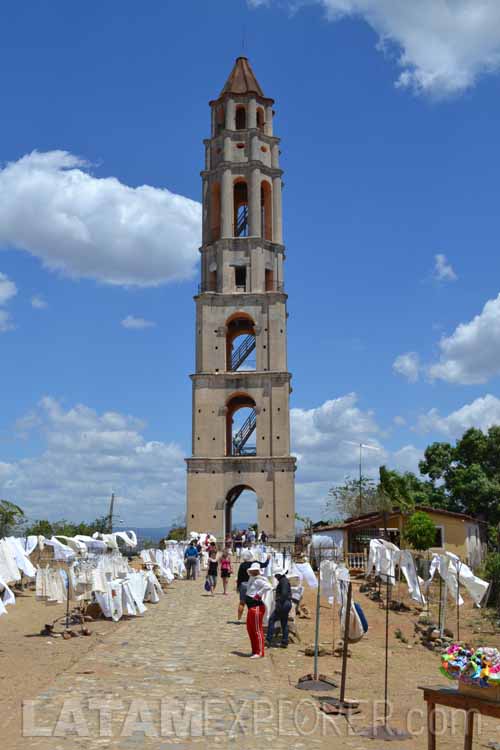
Another interesting location in the vicinity of Trinidad is Topes de Collantes, a nature reserve located at the Escambray Mountains, 20km (12mi) from downtown, on the road to Santa Clara. This area has a particular microclimate, cooler and wetter than the coast, and offers a few paths for those inclined to contemplate nature. It is a very good idea to confirm locally the conditions of the access road.
From Trinidad, the main destinations nearby are the cities of Sancti Spíritus, 80km (50mi) east, Cienfuegos, 83km (51mi) west, and Santa Clara, 120km (75mi) north either through Topes de Collantes or the Sugar Mill Valley, depending on road conditions.
